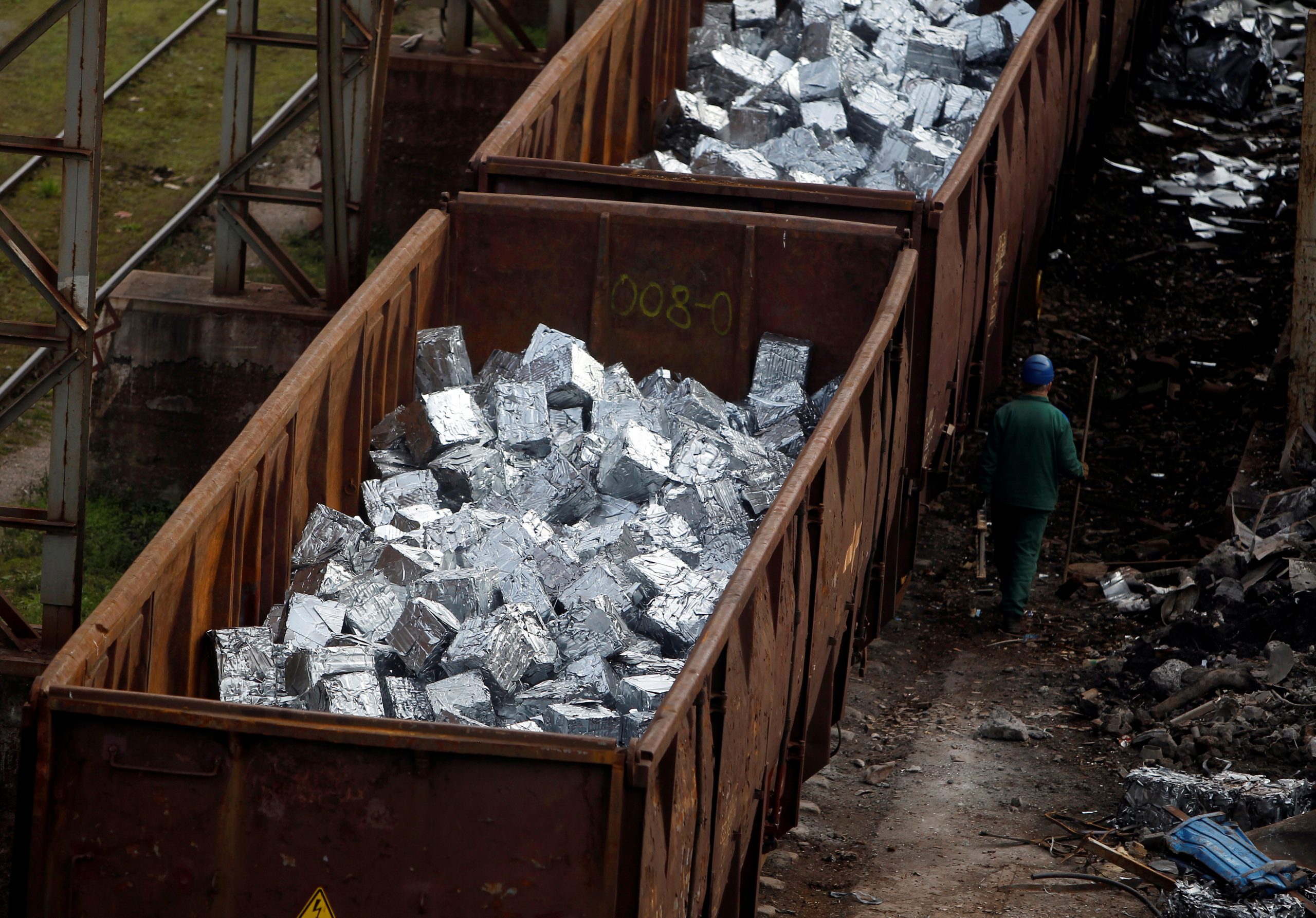
The global metals industry is heavily dependent on international trade. The U.S. import tariffs on metals, especially steel and aluminum, have far-reaching effects on supply chains, prices, production, and recycling. These tariffs create both challenges and opportunities, influencing market trends and shaping industry strategies.
Recent Changes in U.S. Metal Tariffs
On March 12, 2025, the U.S. government introduced a new round of tariffs on imported steel and aluminum. This includes a 25% duty on all steel and aluminum imports, with no exemptions for major trading partners like Canada, Mexico, or the European Union. The move is intended to protect domestic production, but it has sparked strong reactions from trade partners, potentially leading to retaliatory measures and disruptions in global trade.
Impact on Metal Prices and Supply Chains
One immediate effect of these tariffs is a sharp increase in domestic metal prices. As imports become more expensive, U.S. manufacturers are turning to domestic suppliers who now have increased pricing power. While this benefits local metal producers, industries such as automotive, aerospace, and construction, which rely heavily on imported metals, are facing higher production costs. These higher costs could be passed on to consumers.
For recycling professionals, the rising prices of virgin metals make recycled metals more attractive. As a result, recyclers can expand their market share. However, the situation is complex. The U.S. exports a significant amount of scrap metal to countries like China, India, and Turkey. If these countries impose retaliatory tariffs or seek alternative suppliers, the U.S. scrap metal market could face an oversupply, leading to lower domestic scrap prices and tighter margins for recycling companies.
Effect on Metal Recycling Markets
The increased costs of virgin metals make recycled metals an increasingly attractive option for manufacturers. This trend could lead to greater investments in metal recycling infrastructure and technology, improving the efficiency and sustainability of the industry. However, challenges remain. Trade tensions and retaliatory tariffs from U.S. trading partners could disrupt the export market for U.S. recyclers. If major buyers like China or the EU impose countermeasures, it could result in an excess of domestic supply, reducing profitability for recyclers and impacting industry stability.
Industry Responses and Adaptation Strategies
To address these challenges, companies in the metals industry are adopting several strategies:
-
Increased Investment in Domestic Recycling: With rising primary metal costs, businesses are investing in advanced recycling technologies and expanding collection networks. This approach helps ensure a higher-quality supply of secondary metals, reducing dependence on imported virgin materials.
-
Strategic Sourcing and Supply Chain Diversification: Some companies are exploring alternative trade partners to reduce reliance on heavily affected markets.
-
Lobbying and Trade Negotiations: Industry groups and manufacturers are actively engaging with policymakers to seek exemptions or adjustments to the tariff policies, especially for materials that are crucial for maintaining competitiveness.
The Long-Term Outlook for Tariffs and Recycling
The future of U.S. metal tariffs remains uncertain as global trade tensions continue to evolve. The European Commission and Canada have already signaled potential countermeasures, which could escalate into a larger trade dispute. Recycling professionals must stay informed about policy changes and market trends. As global markets continue to focus on sustainability and emissions reductions, the recycling sector is positioned to play a significant role in the metals supply chain.
Conclusion
U.S. import tariffs on metals significantly impact pricing, supply chains, and recycling dynamics. The new tariffs introduced in March 2025 offer both opportunities and challenges for the industry. While domestic producers benefit from reduced foreign competition, recyclers must navigate fluctuating scrap prices and changing trade dynamics. By investing in better recycling technologies, forming new partnerships, and adapting to policy changes, the recycling sector can thrive in an increasingly complex global market.











Leave a Reply
You must be logged in to post a comment.